Content

Designing a model for household wastewater treatment system
Update: 05/07/2022
Share:




Designing a Household Wastewater Treatment Model
We need to establish processes and have clear plans for the design of each component in the system and choose suitable technologies. According to experts from Toan A, the process of designing a household wastewater treatment system will include the following basic steps:
Defining the Purpose
There are many objectives for treating domestic wastewater, including:
- Contribute positively to environmental cleanliness, reuse water for various purposes, save natural resources, and protect the environment.
- Ensure that the treated wastewater meets the quality standards set by the health department to avoid violations that could seriously affect a business's reputation.
- Invest and operate cost-effectively to save finances while achieving the desired efficiency.
.webp)
Based on the three basic criteria above, you can choose the most suitable wastewater treatment system. It ensures safety, efficiency, and cost optimization.
Calculating the Generated Wastewater Flow Rate
The calculation of the generated wastewater flow rate is based on basic factors such as:
For Areas Using Tap Water
You can estimate the wastewater flow rate by referring to the water bill for the last 3 - 6 months. The amount of water discharged into the environment is equivalent to about 80% of the clean water supplied by water treatment plants.
For Areas Using Groundwater or Rainwater
You can calculate based on the formula: Q = N x 0.8m3/day.
Where:
- Q is the wastewater flow rate.
- N is the number of people in the area.
- 0.8m3/day is the average domestic wastewater flow rate per person.

For Areas without Residential Population
You need to rely on environmental impact assessments and environmental protection plans to calculate and estimate the generated domestic wastewater flow rate.
By using the three calculation methods above, you can determine the total amount of generated domestic wastewater from residential areas. This allows you to proactively build a household wastewater treatment system and choose the most suitable operating capacity technology.
Identifying the Source of Wastewater
Domestic wastewater is discharged from various sources. Some sources need treatment before being discharged, while others meet the standards for domestic wastewater and do not require treatment:
Sources Requiring Treatment
- Wastewater from toilets, septic tanks, containing feces, urine, and harmful substances affecting human health and the environment.
- Wastewater from restaurants, canteens, school cafeterias, companies, or other public facilities. This water contains a lot of grease, organic matter, and impurities that need to be treated for grease separation and debris filtration before entering the system.
- The wastewater also contains cleaning chemicals used in household cleaning, canteens, or administrative offices.
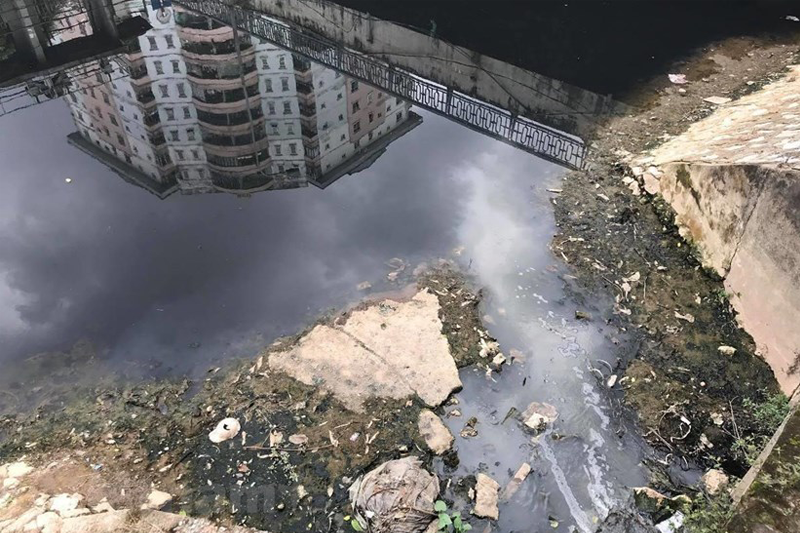
Sources Not Requiring Treatment
Generally, rainwater is considered relatively clean and does not need treatment before being discharged. However, when this water enters the water supply pipes, it can mix with other wastewater sources and become wastewater that requires treatment. This puts pressure on the domestic wastewater treatment system due to a sudden increase in water volume, especially during heavy and prolonged rainfall.
.webp)
According to environmental protection laws, whether before or after treatment, wastewater must be separated from rainwater. Therefore, when designing a household wastewater treatment system, it is necessary to design facilities that can separate wastewater from rainwater.
Determining the Construction Site for the System
To design a household wastewater treatment system, you will need a certain amount of land. Depending on the wastewater flow rate and the scale of the project, this land area may be large or small. According to experts, determining the construction site for a wastewater treatment facility should be based on the following factors:
- Does the site have enough land area for the project scale?
- Is the location suitable for conveying domestic wastewater from various sources to the treatment facility and then discharging it to the receiving source?
- Can a drainage system be built at this location to prevent flooding, wastewater leakage, and handle extreme weather conditions such as heavy rain or unexpected incidents?
Receiving Point for Household Wastewater
Depending on the receiving point for domestic wastewater, specific water quality parameters are required according to the regulations of the health department or the environmental resources department. Therefore, before designing a household wastewater treatment system, careful consideration and determination of the receiving point are necessary to outline suitable treatment processes and technologies. This ensures that the quality of the treated wastewater meets the specified standards.

If the treated wastewater is discharged into the city's drainage system or rivers, lakes, ponds, it must meet QCVN 40:2011/BTNMT or QCVN 14:2008/BTNMT standards. Note: The quality of treated wastewater discharged into rivers, lakes, ponds must meet higher quality standards, requiring modern technology and higher investment costs.
Requirements for Equipment Used in the System
Depending on the construction investment costs, you can choose suitable wastewater treatment equipment. Typically, equipment from Germany, Italy, Japan, and South Korea is more expensive than equipment from Taiwan, China, and Vietnam. However, the operating capacity and durability of these devices are generally better.
Estimated Construction Time
Determine the estimated construction time for the wastewater treatment system to select a unit capable of designing and constructing the project to meet the specified standards. This helps ensure compliance with the project schedule, saving time and effort.
Choosing the Right Household Wastewater Treatment Technology
Wastewater Treatment Capacity of 20m3/day
It is recommended to apply the MBR biological membrane filtration technology. This solution provides high-efficiency wastewater treatment at a reasonable cost. It delivers the desired efficiency while optimizing system operation costs.
For Capacities from 21m3/day - 300m3/day
It is advisable to use technologies such as the AAO technology combined with MBR membrane filtration to treat wastewater. In this case, you need to build an Aerotank tank with attached or mobile biofilm carriers to treat ammonia, BOD, and nitrogen in water. Additionally, the treatment volume should be twice the capacity.
Wastewater Flow Rates of 300m3/day and Above
It is recommended to apply the SBR technology with two tanks: Selector tank and C-tech tank. This technology can treat wastewater with high organic matter and nitrogen content. The automatic operation mechanism helps save labor costs.
Currently, Toan A JSC is one of the units specializing in providing equipment and designing household wastewater treatment system models. With nearly 20 years of experience, Toan A confidently offers customers the best choices when collaborating.

With the information on household wastewater treatment system design shared by Toan A above, it is hoped that customers have the necessary information to optimize construction and operation costs while meeting the requirements of regulatory agencies. If you need to purchase supplies or design a wastewater treatment system, please contact us directly at 0913.543.469 for detailed and specific advice.
Update: 05/07/2022
Share:




Related news
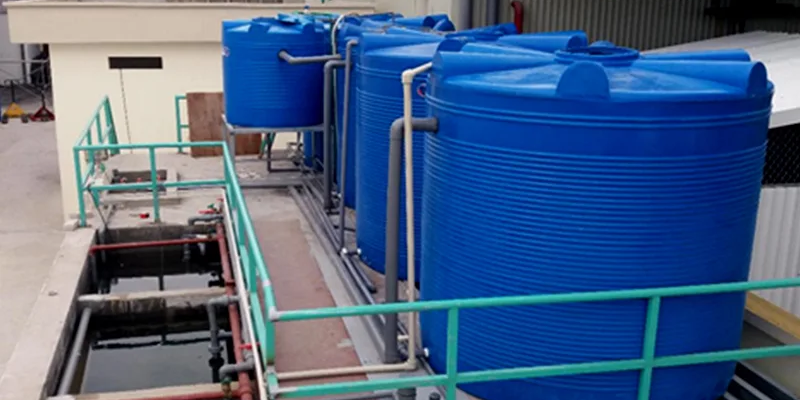
Effective Pharmaceutical Wastewater Treatment Solutions from Toan A JSC
Created at: 04/09/2024

Optimal Solution for Medical Wastewater Treatment from Toan A JSC
Created at: 04/09/2024
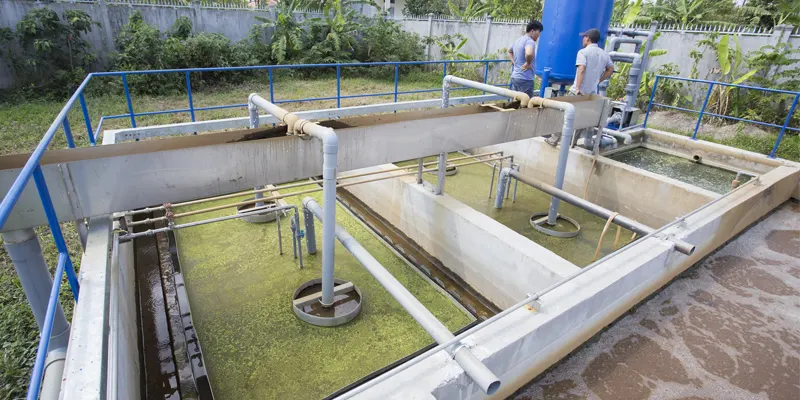
Advanced domestic wastewater treatment technology by Toan A JSC
Domestic wastewater is one of the largest sources of pollution to the environment if not treated properly. In Vietnam, besides individual households, urban areas, apartment buildings, restaurants, hotels, and service establishments are required to comply with the treatment of domestic wastewater according to the QCVN 14:2008 standard set by the Ministry of Natural Resources and Environment to ensure environmental safety and human health. Currently, there are many methods for treating domestic wastewater, each with its own characteristics and specific applications, suitable for different types of wastewater and specific requirements. Let's explore this issue further with Toan A JSC in the following article!
Created at: 14/08/2024






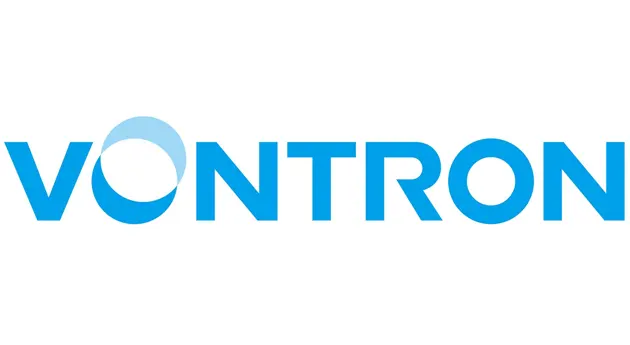
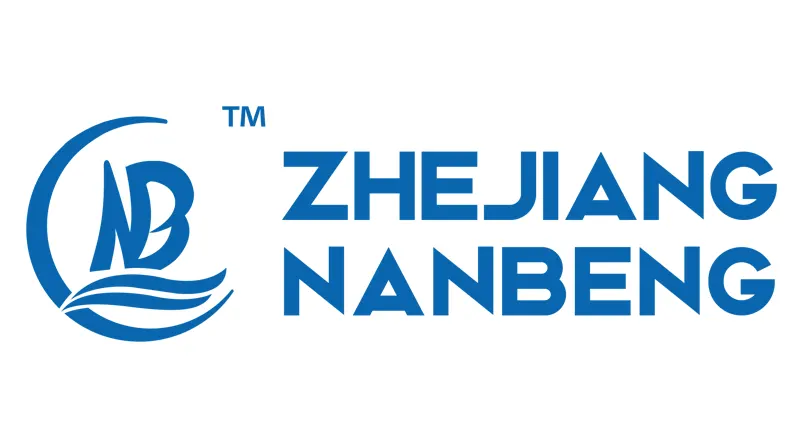


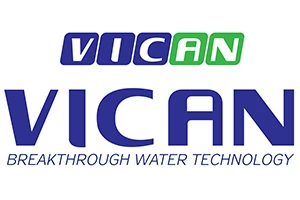






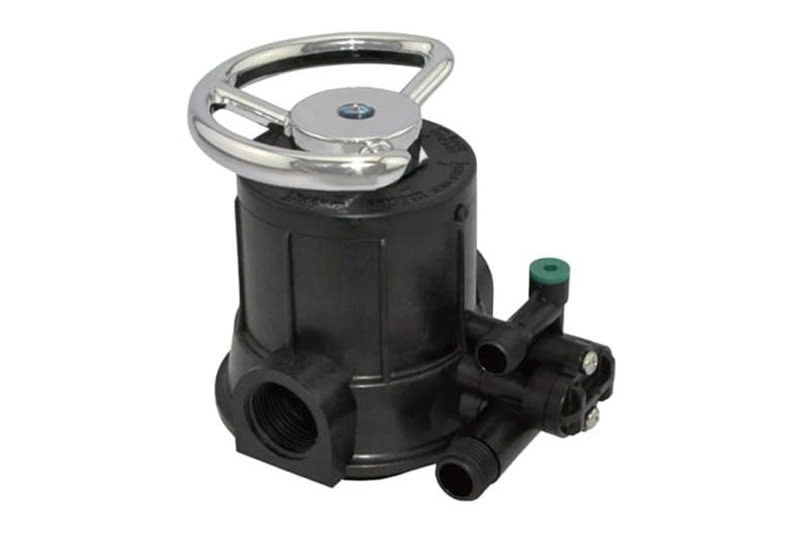
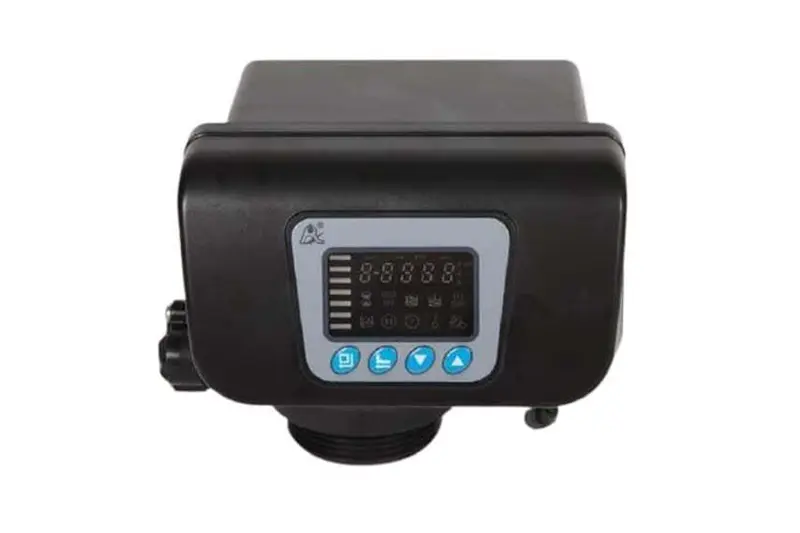




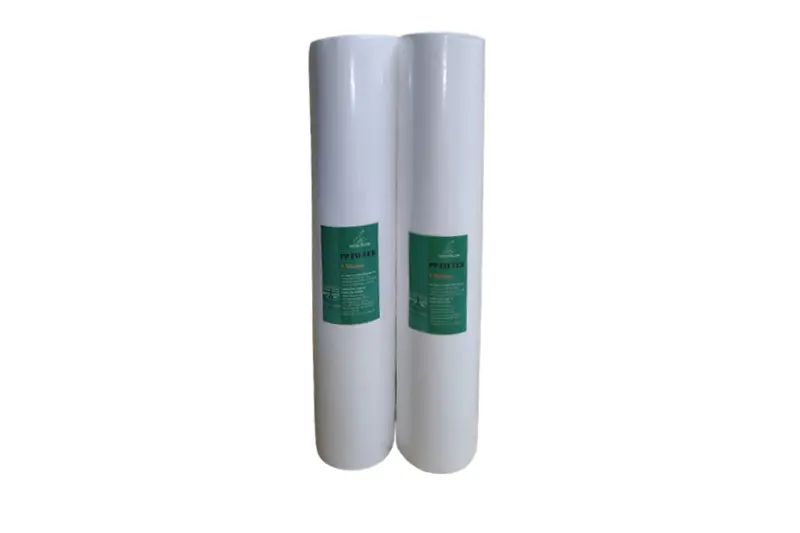



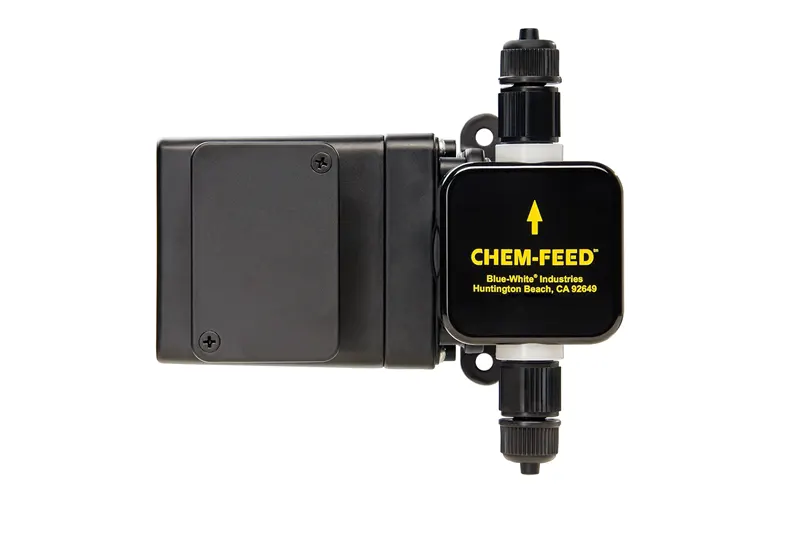
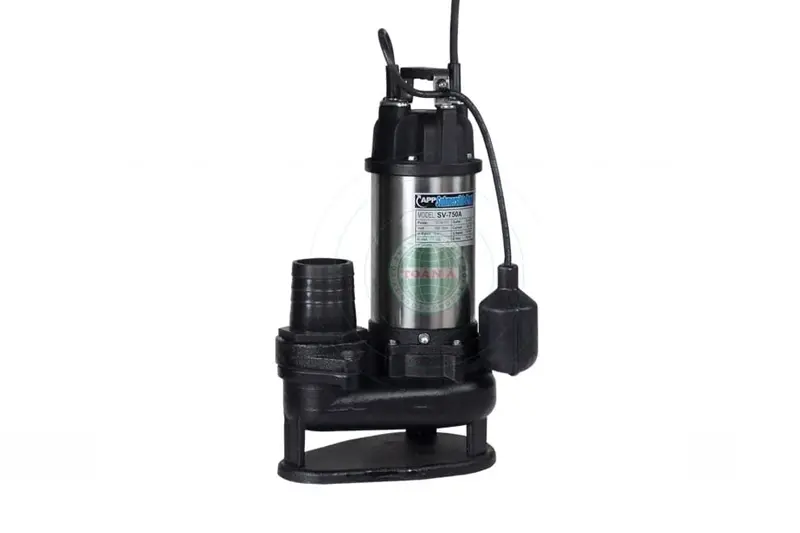



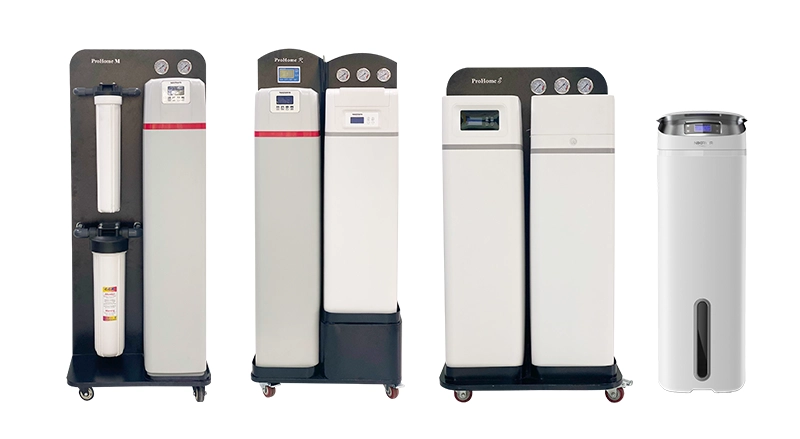
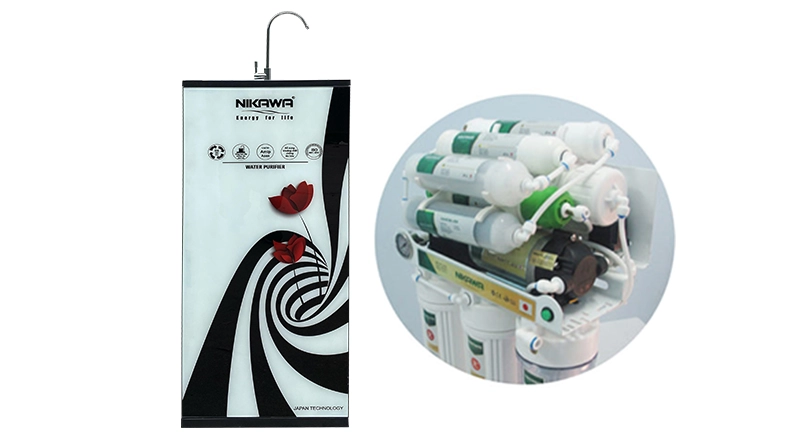
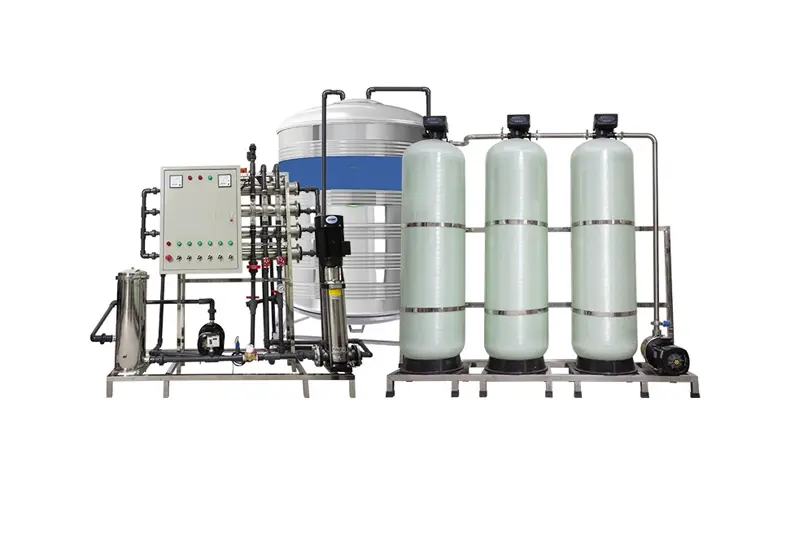
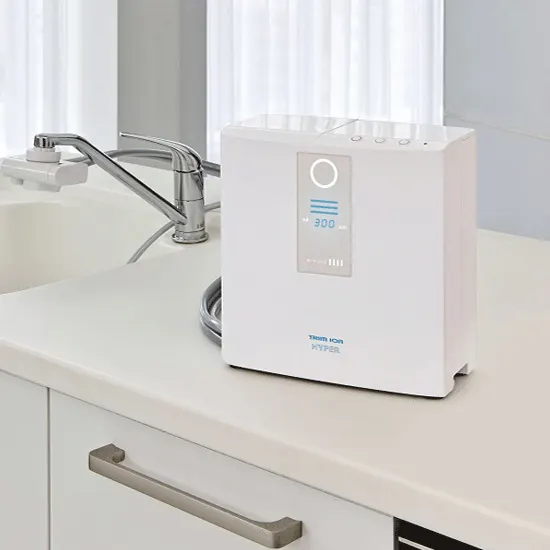
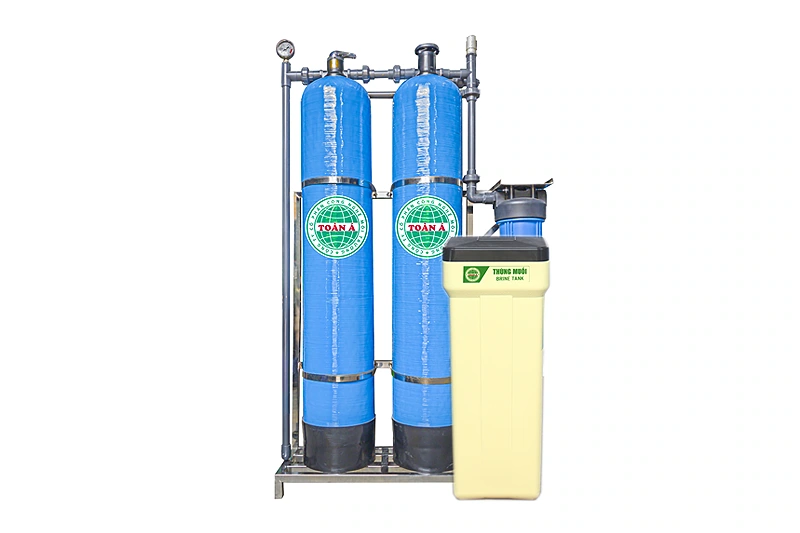


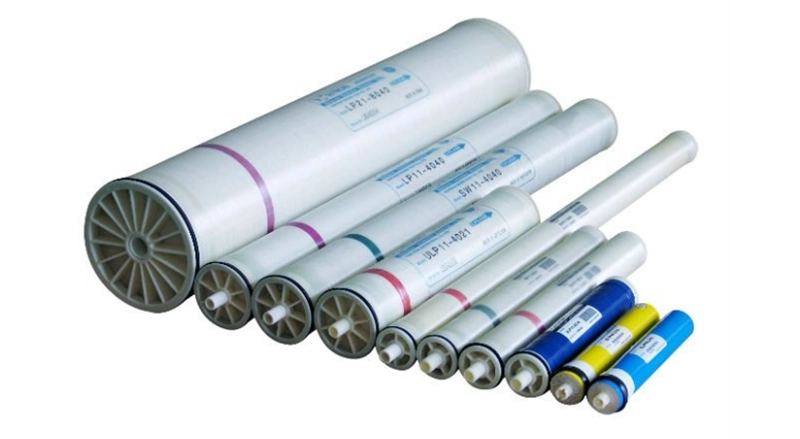
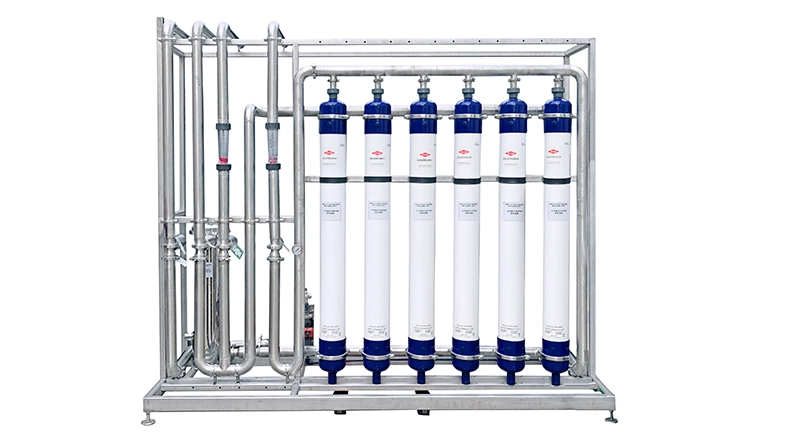


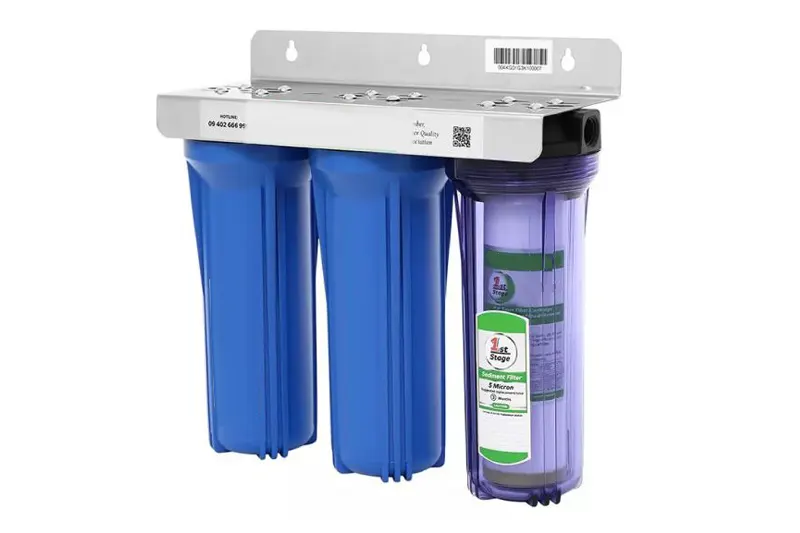

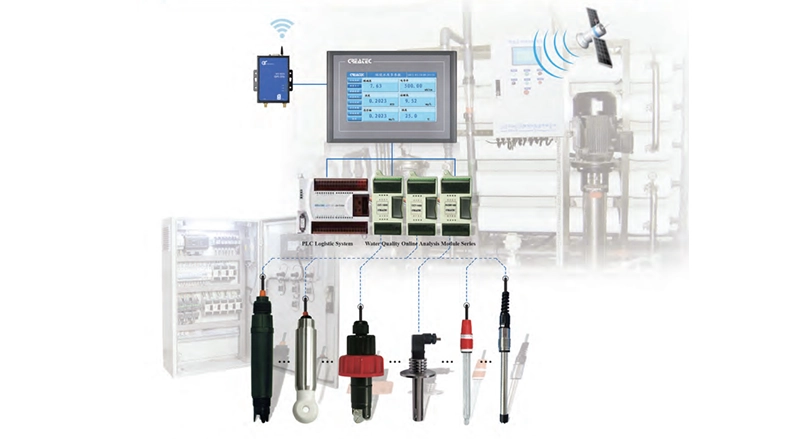
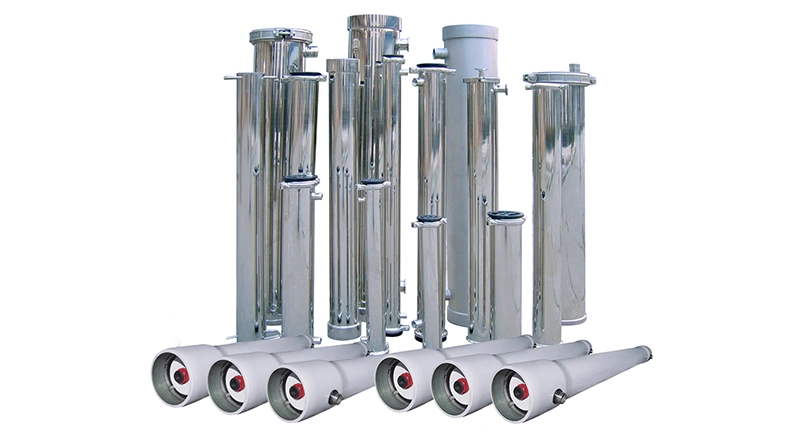
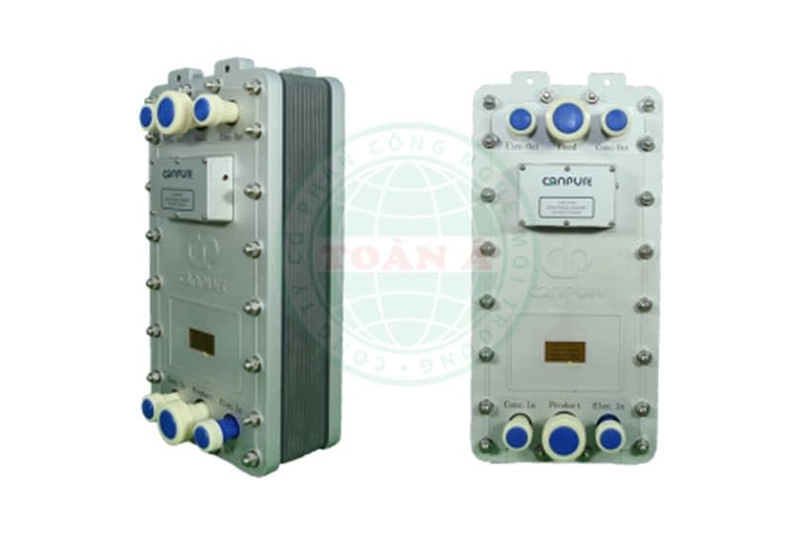
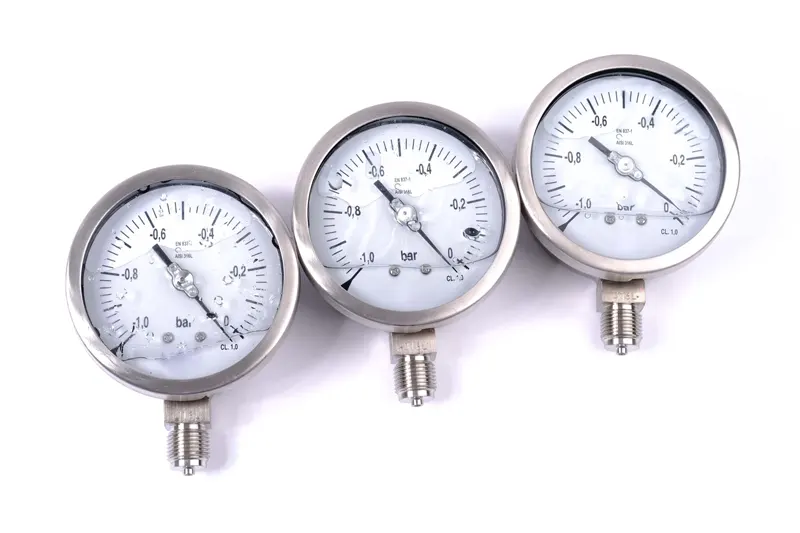
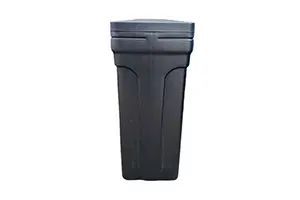


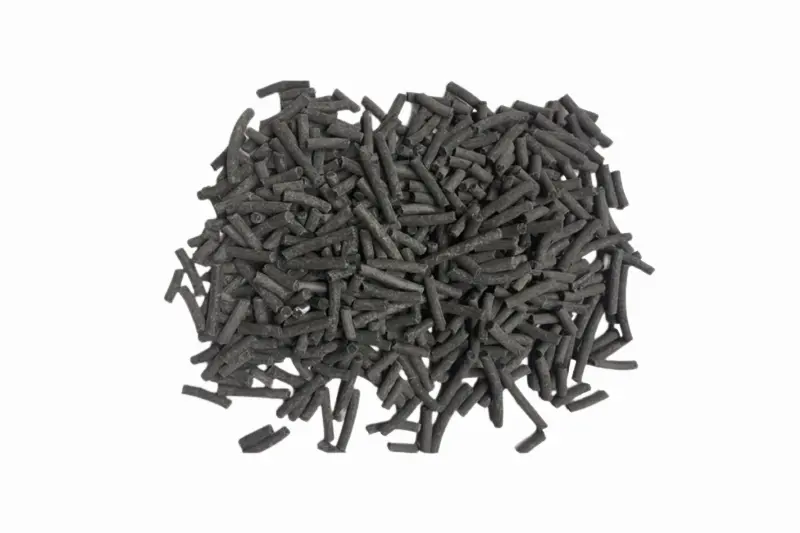
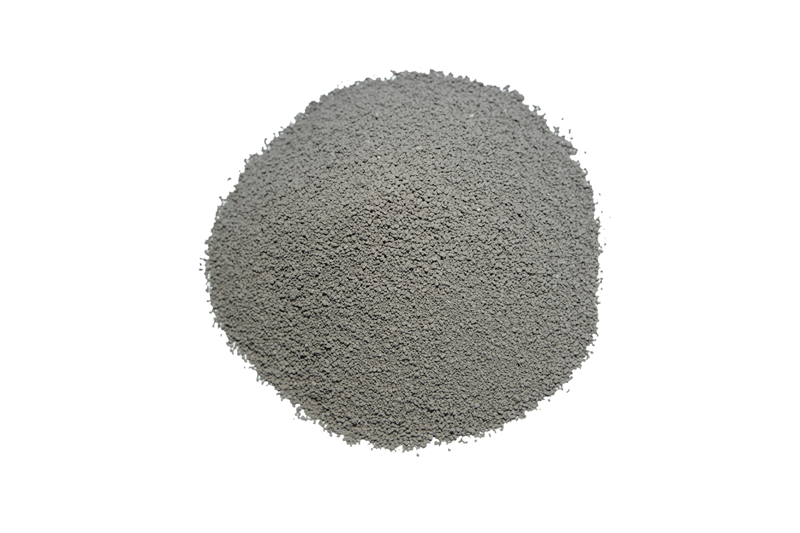
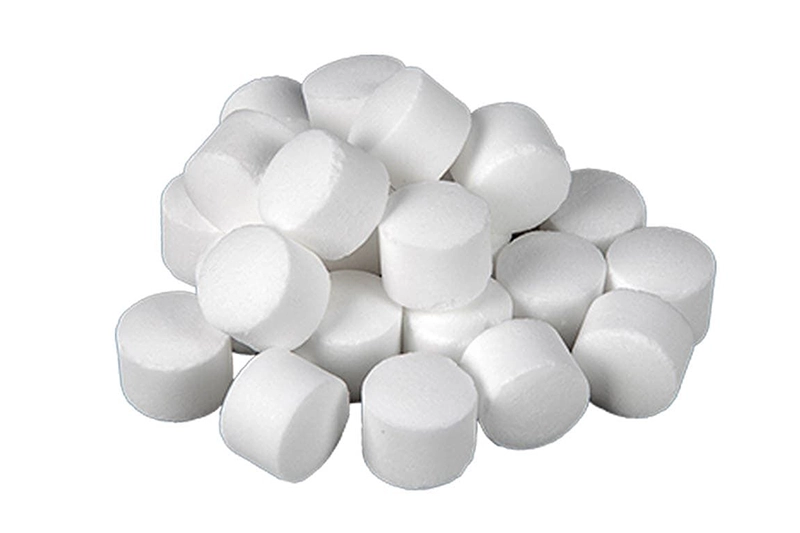
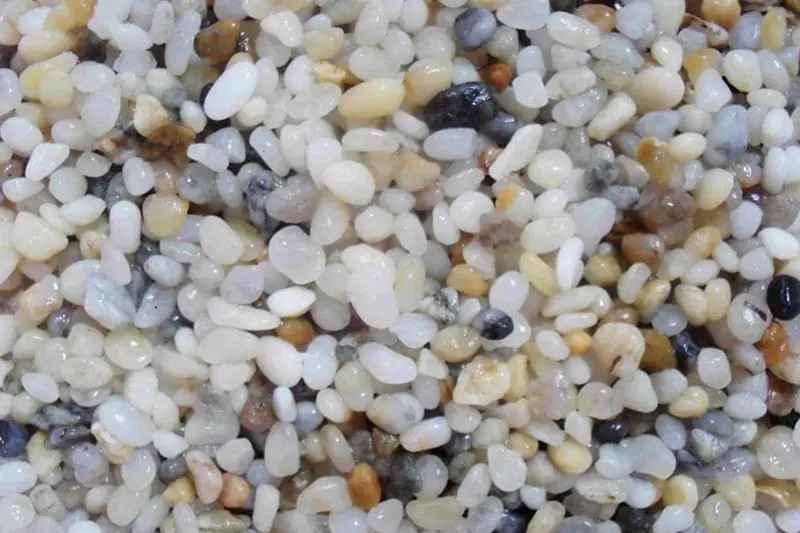









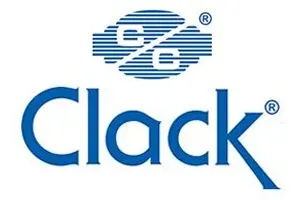
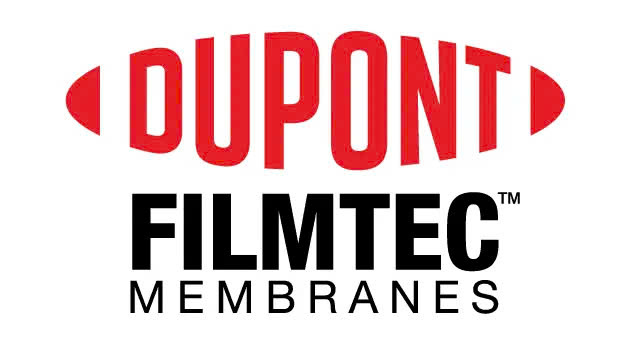
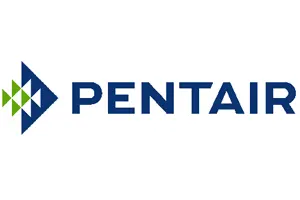
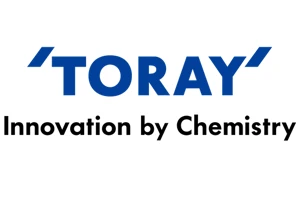

 Water Filter Columns
Water Filter Columns
 Water Filtration Membranes
Water Filtration Membranes
 Control Valves
Control Valves
 Water Filter Cartridges
Water Filter Cartridges
 Water Pumps
Water Pumps
 Water Filtration Equipment
Water Filtration Equipment
 Water Filtration Components
Water Filtration Components
 Water Filtration Materials
Water Filtration Materials
 Heat Pump Water Heaters
Heat Pump Water Heaters



 Products
Products  Solutions
Solutions  Project
Project  News
News